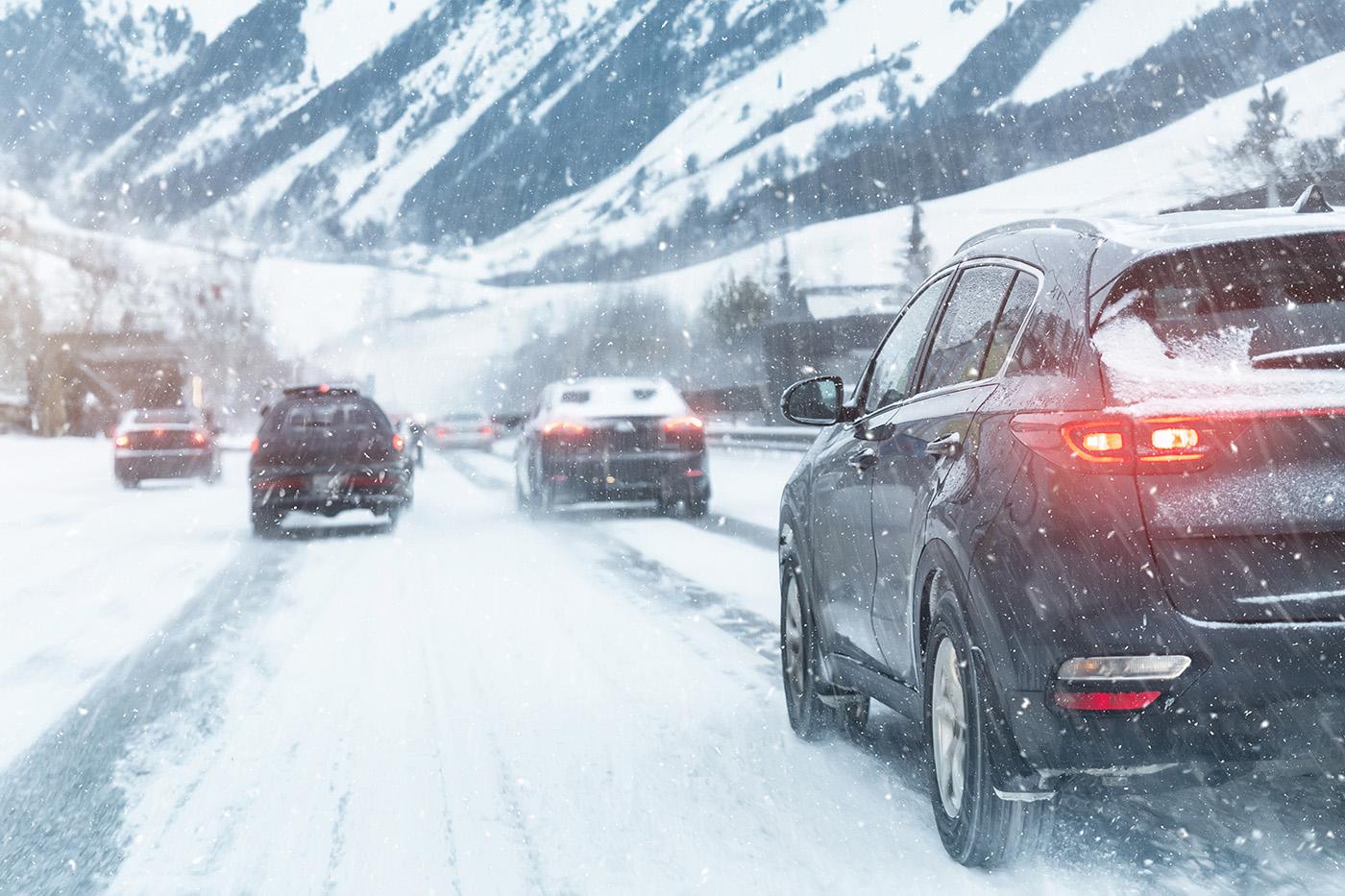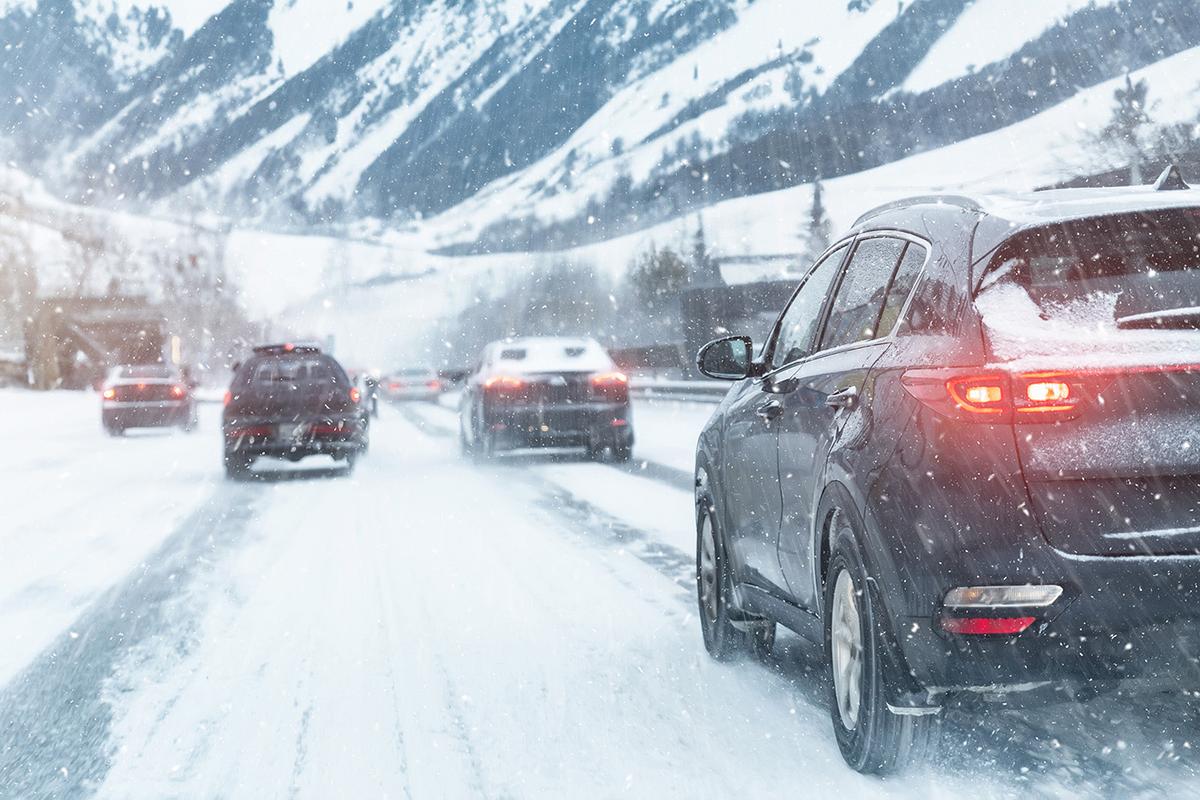

Storm season brings unpredictable weather, from heavy rain to snow and high winds. This blog covers essential storm season tire preparation steps, from tread depth checks to knowing when to replace worn-out tires. Learn how to stay safe on the road and explore convenient ways to pay for new tires with Snap Finance lease-to-own.
Tires are your first line of defense in rain, snow, and storms, affecting grip, braking, and control
Simple checks like tread depth, pressure, and alignment boost safety before storm season
Snap Finance lease-to-own makes safe tires accessible with convenient payments, no credit needed1
From hurricanes in the South to snowstorms in the North, storm season creates dangerous driving conditions. Rain makes roads slick, strong winds reduce control, and snow or ice can cause vehicles to slide. Drivers can’t control the weather, but they can control how prepared their cars are.
One of the most overlooked parts of storm season preparation is your tires. They’re the only part of your car that touches the road, and when they’re in bad shape, traction and safety take a serious hit. Checking your tires now – before the season changes – can make the difference between staying safe or sliding into danger.
Why tires are the first line of defense
When storms hit, tires play a critical role in keeping your car stable. Here’s how:
Traction. Good tires grip the road, preventing hydroplaning in rain and sliding in snow.
Braking. Worn tires increase stopping distance, which is especially risky in wet or icy conditions.
Handling. Tires affect steering response, making it harder to control the car in wind or on slippery roads.
The National Highway Traffic Safety Administration estimates that nearly 11,000 accidents a year in the U.S. are related to tire issues. Many of these crashes happen during bad weather when traction matters most. That’s why storm season tire preparation isn’t just smart – it’s necessary.
Key tire checks before storm season
A quick inspection now can prevent major problems later.
Tread depth
Tread is what channels water and snow away from your tires. The legal minimum in most states is 2/32 of an inch, but that doesn’t mean it’s safe. Experts recommend replacing tires when tread reaches 4/32" for wet roads and 6/32" for snowy conditions.
You can check this with a coin test: Insert a penny into the tread with Lincoln’s head down. If you can see the top of his head, your tread is too worn.
Air pressure
Cold weather causes air pressure to drop, and low pressure means less grip and worse fuel efficiency. Check your tire pressure monthly, and always before a long trip. Look for the recommended pressure in your owner’s manual or on the sticker inside the driver’s door – not on the tire itself.
Tire rotation and alignment
Storm season is no time for uneven tires. Rotating them every 5,000-7,000 miles helps them wear evenly, improving traction. If your car pulls to one side or your steering feels shaky, an alignment check is also a good idea.
Spare tire readiness
Many drivers don't think about their spare tire until they need it. Before storm season, check that your spare tire is inflated and in good condition. Also make sure you have the tools (jack and lug wrench) needed for a roadside change.
When it’s time to replace your tires
If your tires are too worn or damaged, no amount of checking will make them safe. Here are signs it’s time to replace them:
Tread depth below safe levels
Cracks, bulges, or cuts in the sidewall
Vibration while driving
Tires older than six years, even if they look fine
Choosing the right tires
All-season tires. Work well in mild climates with light rain or occasional snow.
Winter tires. Best for areas with heavy snow or ice, designed to stay soft in freezing temperatures.
Performance tires. Built for handling and speed but not ideal for stormy conditions.
For storm season tire preparation, all-season or winter tires are usually the safest choices, depending on your region.
Budget-friendly ways to prepare
Replacing tires can be expensive, and for many families, cost is what delays this important purchase. But there are ways to prepare without emptying your wallet.
Seasonal sales and bundles
Many tire retailers offer discounts in the fall before winter or during hurricane season. Some also have bundle deals for buying four tires at once, which can save money compared to buying one at a time.
Snap Finance lease-to-own financing
If paying upfront isn’t an option, lease-to-own financing helps you pay over time. With Snap Finance, you can:
Apply online or in-store with no credit needed1
Choose the tires that fit your vehicle
Take them home (or get them installed) the same day
Make convenient payments over time until you own them
This way, you don’t have to wait for your budget to catch up – you can prepare now and pay later.
Extra tips for weather-ready driving
Good tires are step one, but full storm readiness means thinking beyond the wheels.
Carry chains or traction mats if you live in snowy or icy areas.
Keep an emergency kit with jumper cables, a flashlight, first-aid supplies, and bottled water.
Schedule a professional tire inspection if you’re unsure about the condition of your tires.
These small steps give you peace of mind before the weather turns rough.
Safe tires, safer driving
Storm season is unpredictable, but your tire safety doesn’t have to be. Healthy tread, proper pressure, and timely replacements all reduce the risk of accidents in rain, snow, or wind.
If it’s time for new tires, don’t delay – unsafe tires are never worth the risk. With Snap Finance lease-to-own financing, you can get what you need today and pay over time.
Find a Snap Finance partner tire retailer and prepare your car before the season changes. Safer tires mean safer driving when storms arrive.
The advertised service is a lease-to-own agreement provided by Snap RTO LLC. Lease-to-own financing is not available to residents of Minnesota, New Jersey, and Wisconsin.
1Not all applicants are approved. While no credit history is required, Snap obtains information from consumer reporting agencies in connection with applications, and your score with those agencies may be affected.